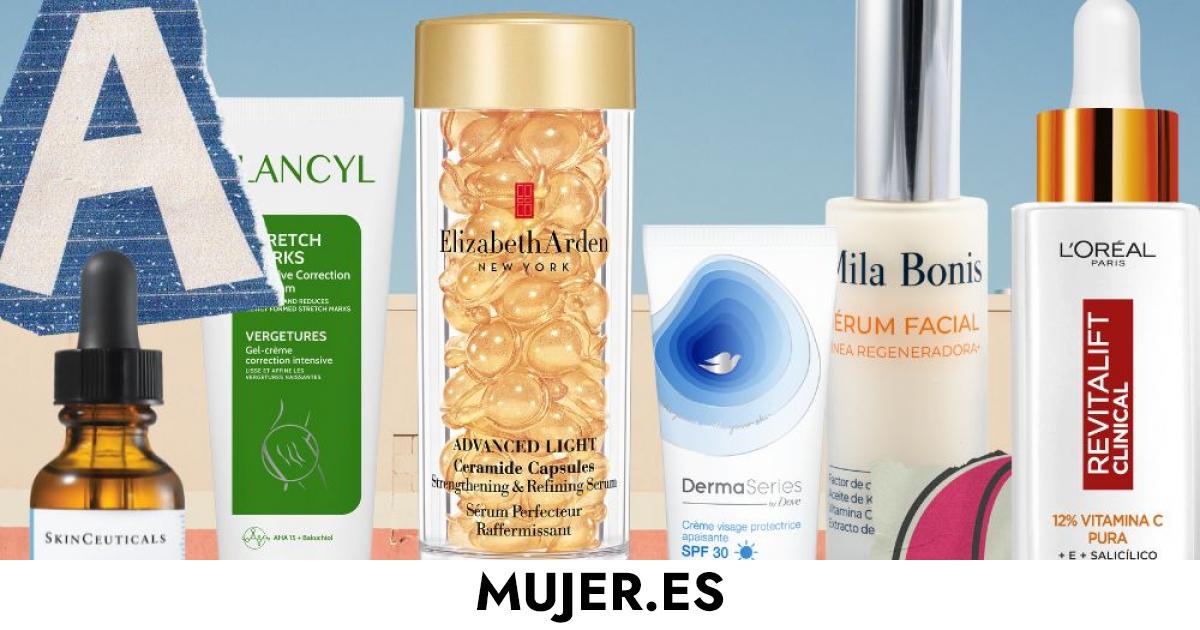[ad_1]
There are so many cosmetic ingredients that we sometimes wonder which ones to choose. Dermatologists are clear: Those who present proven scientific evidence. We have spoken with several experts and here is the list of the essential ones:
Titanium dioxide and zinc oxide
Are particles that act as physical or mineral filters and they act by reflecting the sun’s rays and preventing them from entering our skin. Titanium dioxide blocks UVB and UVA better and zinc oxide, infrared. Both are safe and do not irritate the skin.
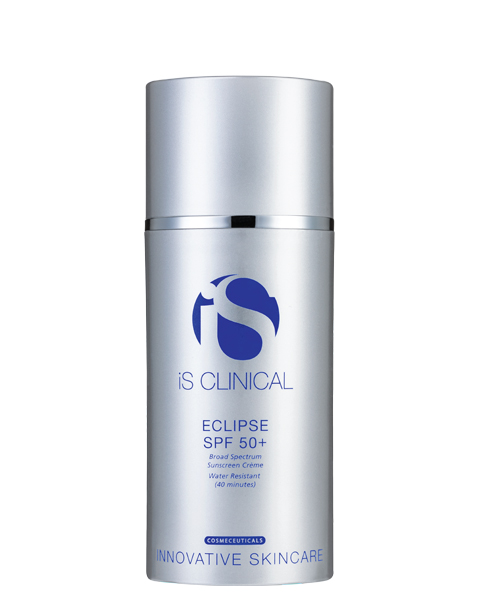
Vitamin C
His more potent and antioxidant version is ascorbic acideither. In addition to protecting against oxidation, Dr. Carlos Suárez, a dermatologist at the Clínica Sánchez del Río (Oviedo-Asturias), affirms that “it has demonstrated its depigmenting efficacy and a repairing action against sun damage”, which leads to a notable improvement in the luminosity of the skin. The main problem with vitamin C is its instability, which makes it easily oxidized, “which is why it is essential to select the right product that penetrates the skin in its active form,” recommends the doctor.

ferulic acid
It is an antioxidant of plant origin that belongs to the group of hydroxycinnamic acids. It has anti-inflammatory, depigmenting and regenerative properties, and protects from oxidative stress. In addition, it provides stability to vitamin C, which is why it is common to see them together in formulas.
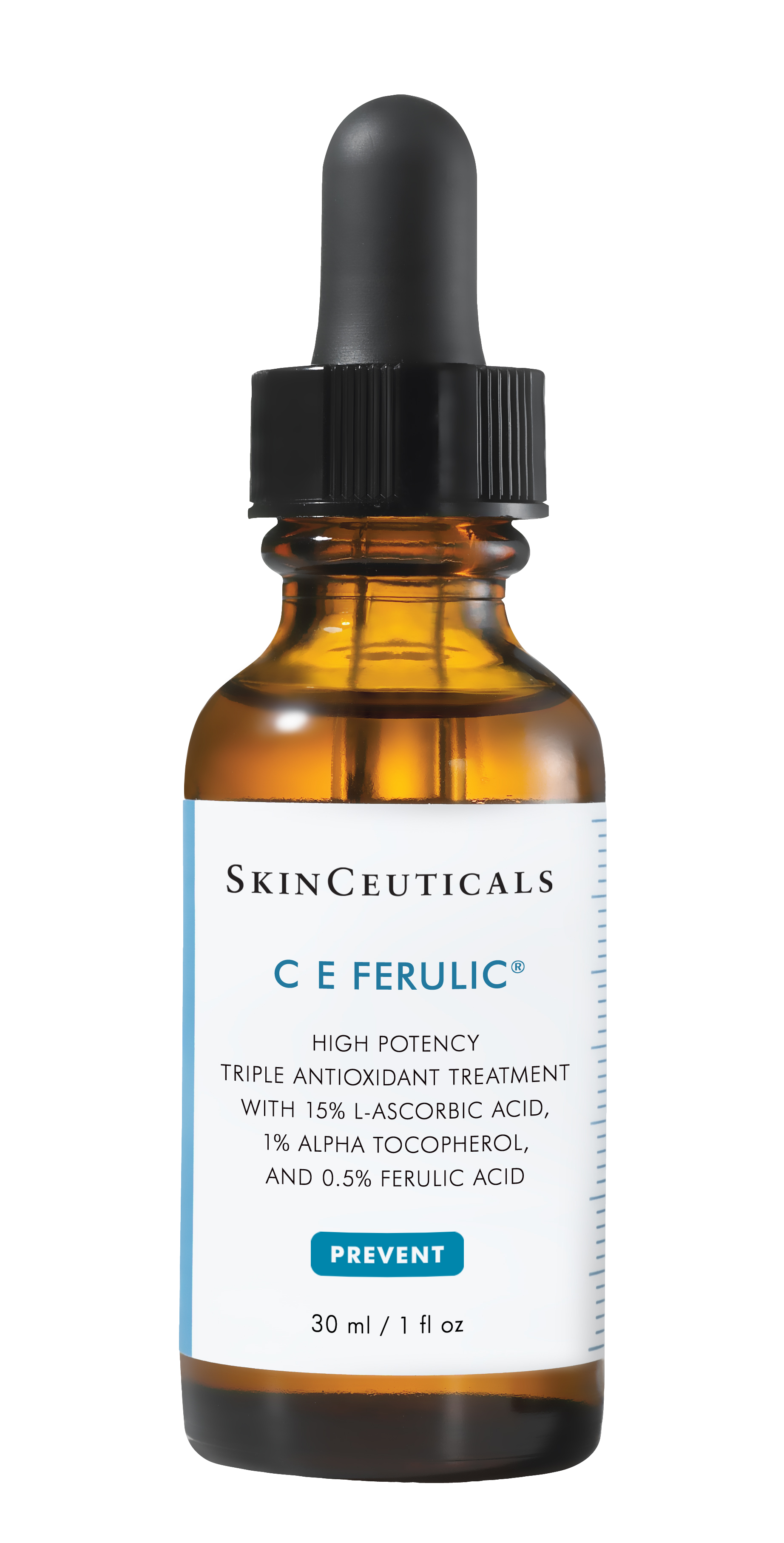
Vitamin E
act like a antioxidant that protects the skin, but it also contributes to reinforcing the skin barrier, retaining water and keeping the skin hydrated. It is anti-inflammatory and works very well on sensitive skin.
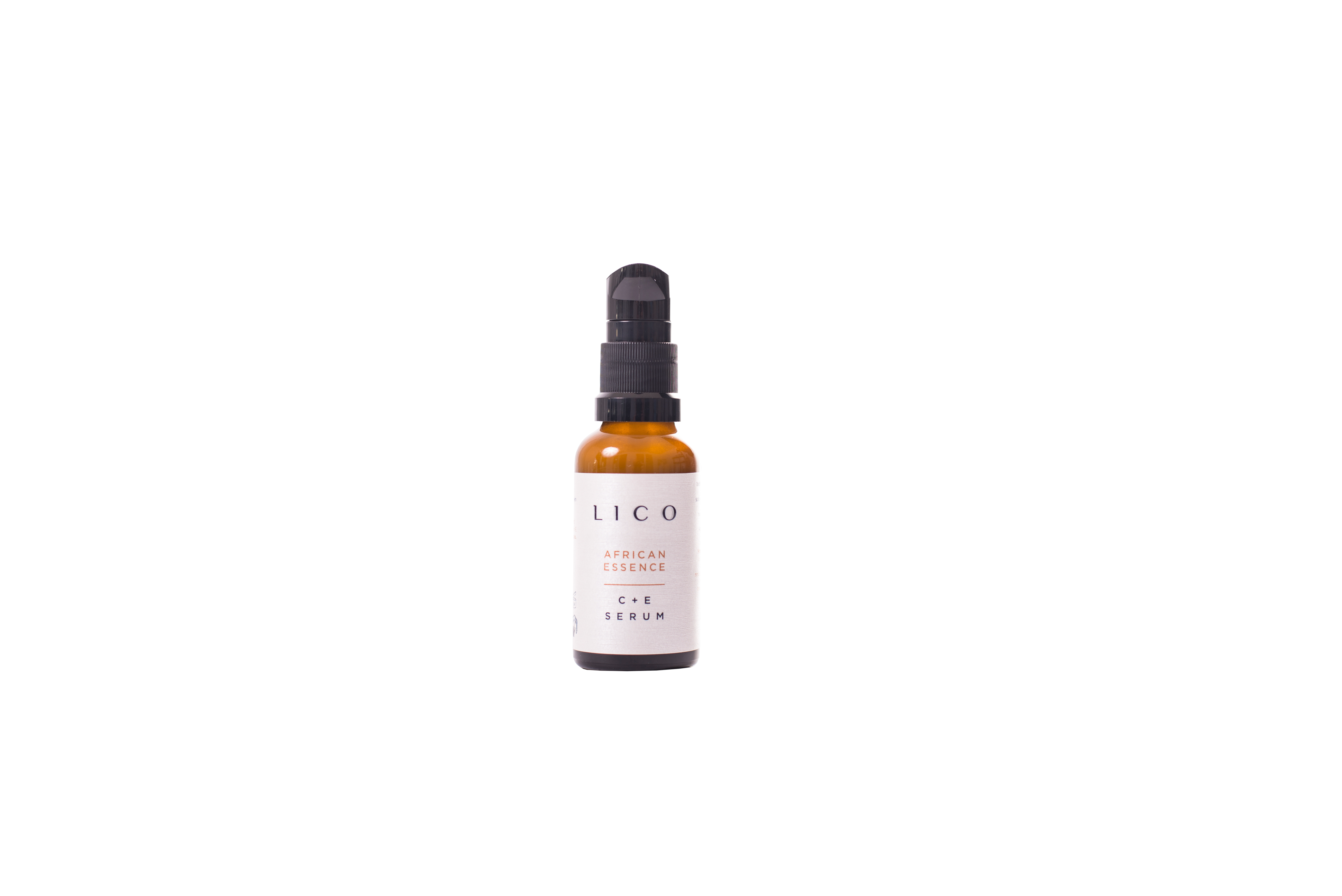
Niacinamide
Also Known As vitamin B3, is an antioxidant and, applied topically, penetrates the stratum corneum and reduces irritation and redness, is depigmenting and promotes collagen synthesis. Its soothing properties make it compatible with all skin types.
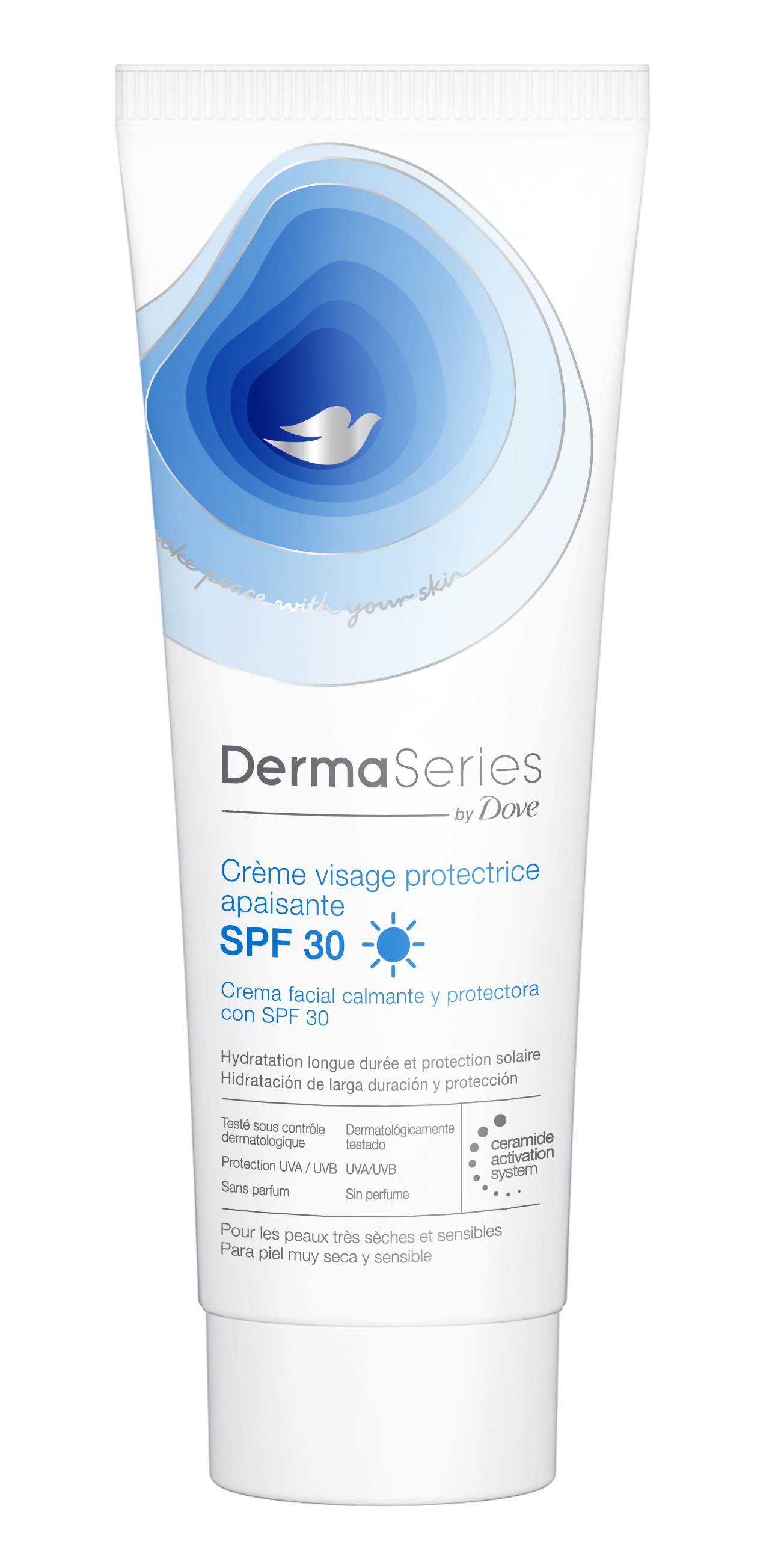
Resveratrol
It’s a antioxidant rich in phenolic compounds and is present in red grapes and red wine. Applied topically, it protects the skin from environmental factors, has calming properties and reduces redness. In addition, thanks to the tannins, it has a sebum-regulating and astringent action.
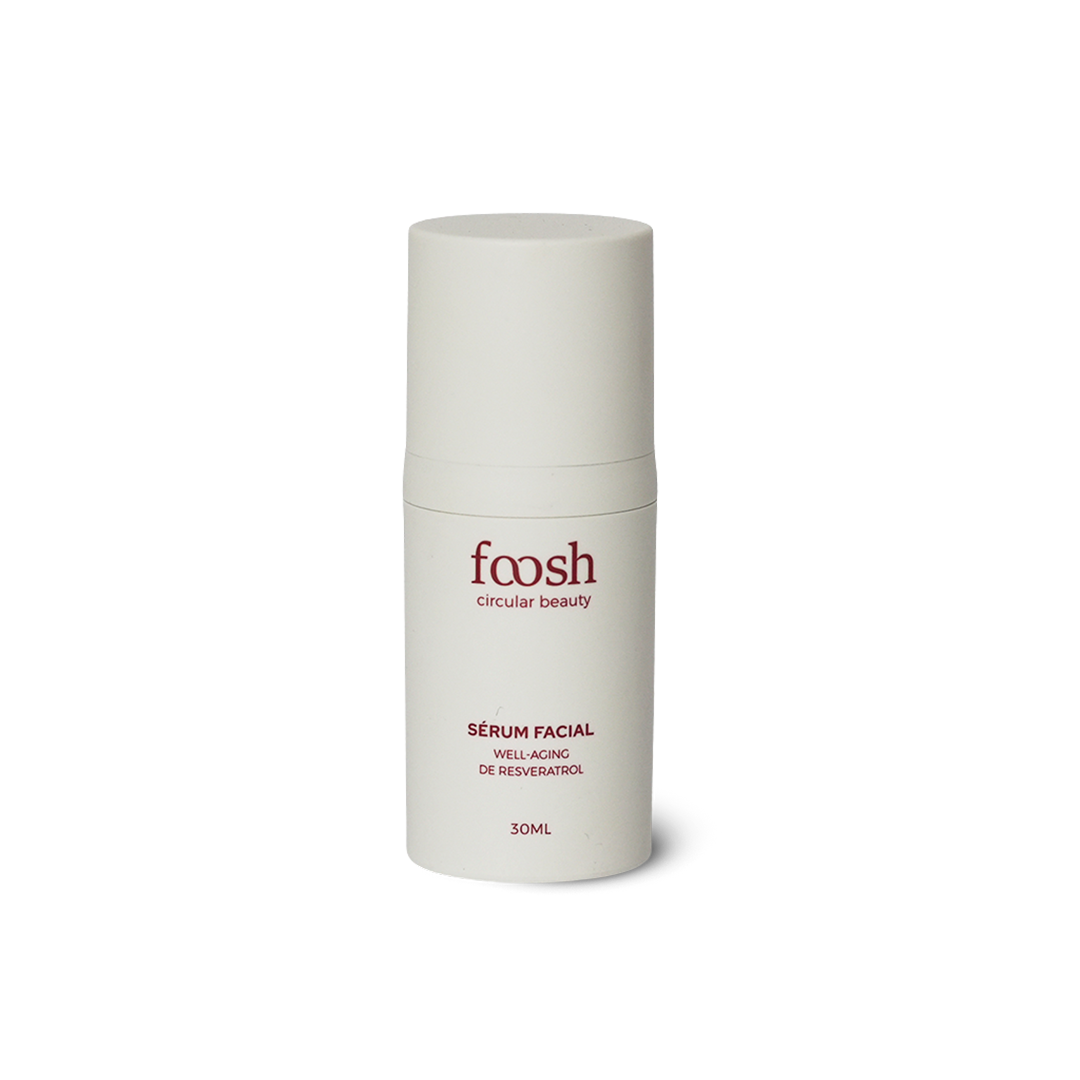
coenzyme Q10
It is produced naturally by the body and is used by all cells for grow and stay. Applied to the skin, it acts as an antioxidant that protects cells against the effect of free radicals and UV radiation, delays premature aging, stimulates collagen production, improves hydration and evens skin tone.
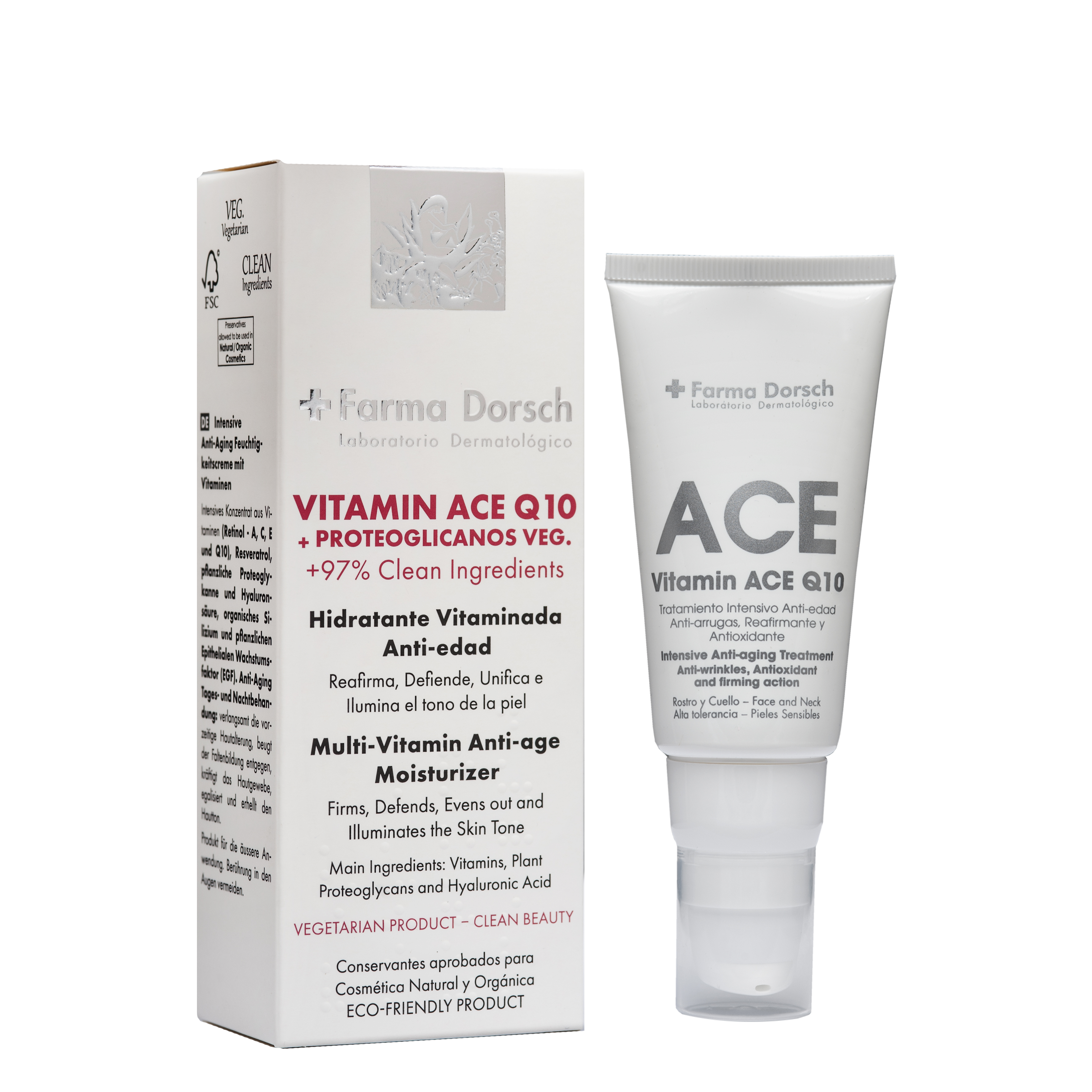
Hyaluronic acid
It is an essential component of our skin. When its concentration decreases, the skin wrinkles and relaxes. There is High molecular weight HA that acts on the surface, filling and moisturizing the skin. The low molecular weight HA penetrates, acting in depth and causing a filling effect from within.
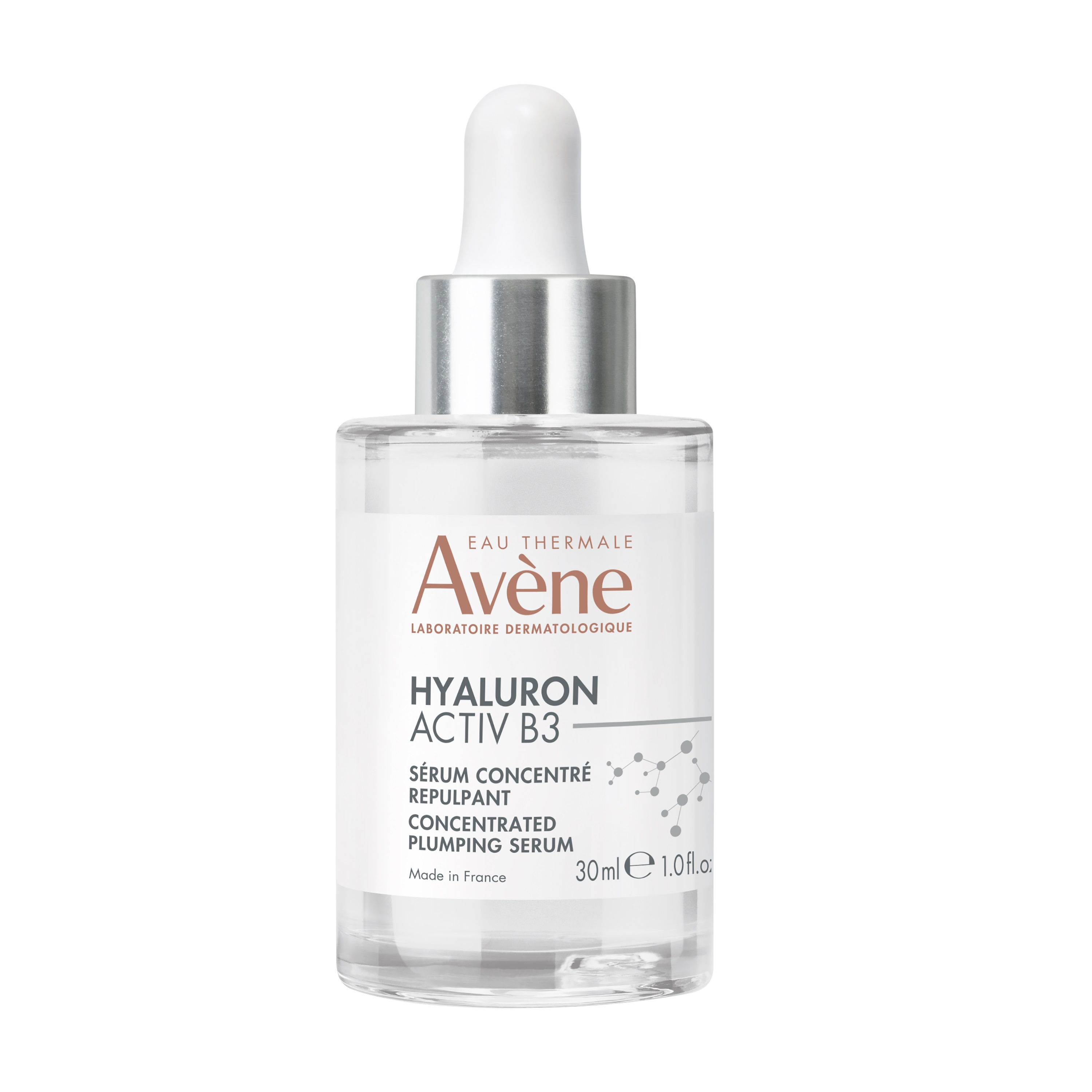
ceramides
are lipids which is found naturally in the skin, strengthening the barrier function and improving hydration and elasticity. When its level drops, redness and irritation appear and the skin becomes dry and rough. Cosmetics containing ceramides restore the skin barrier.
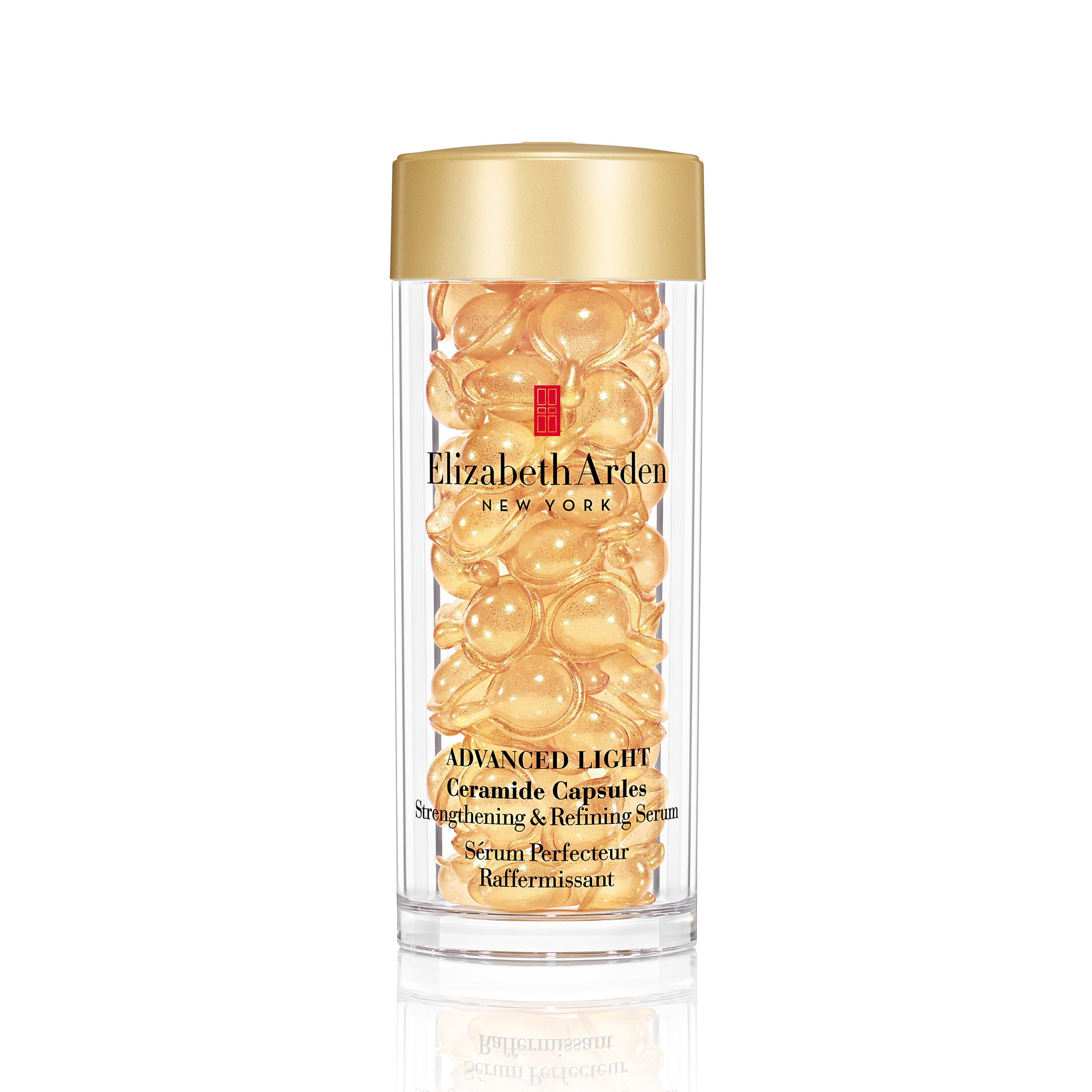
Postbiotic assets
It is a very new scientific term. They are substances (enzymes, proteins, lipids, sugars) that produce probiotics (by fermentation) with a beneficial action on our immunity or metabolism”, explains Isabel González Pastor, who states that “there are already studies that show how they balance and maintain the skin’s barrier function”.
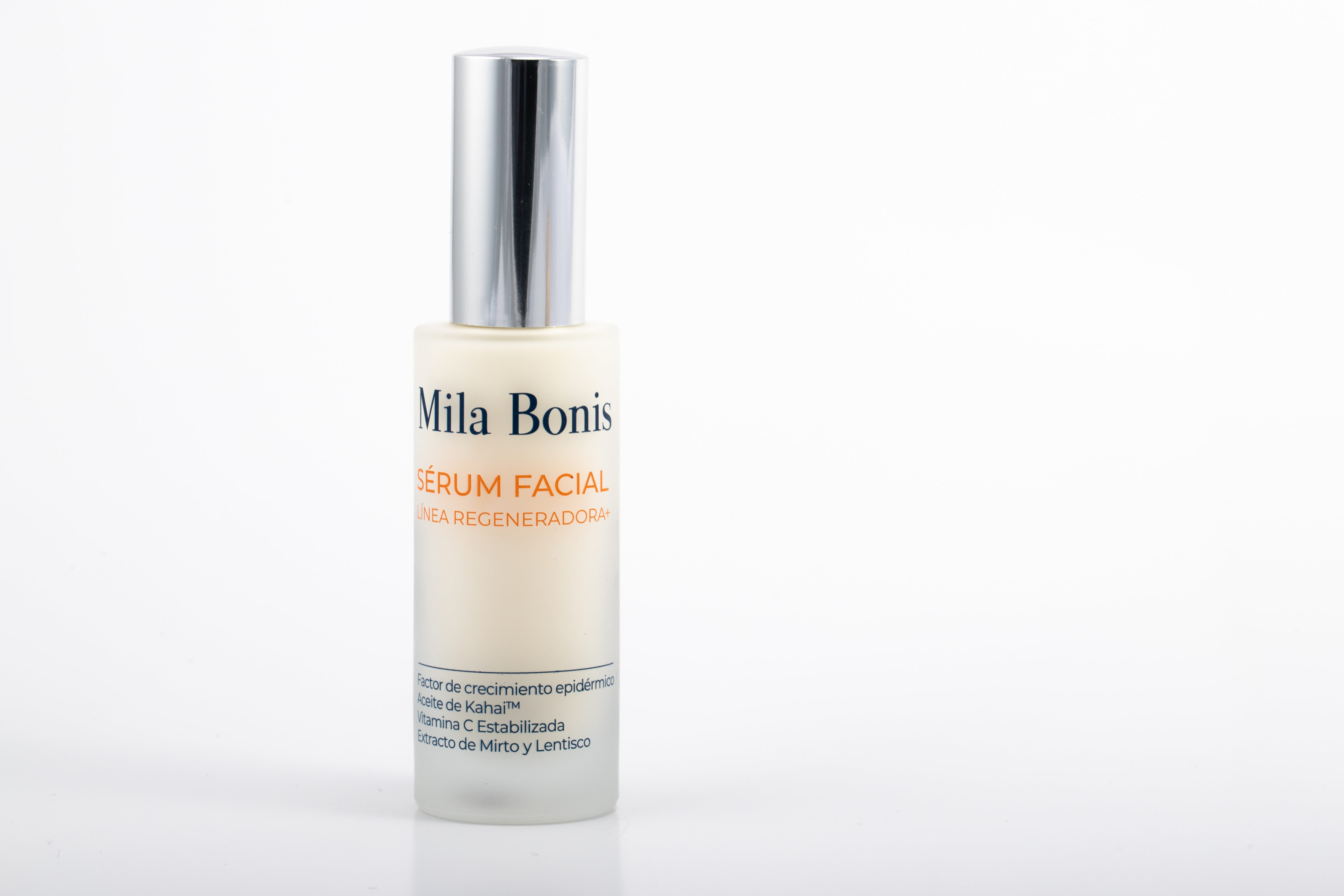
Glycolic Acid
It is the most prominent of the alpha hydroxy acids (AHA) and comes from sugar cane, although there are also others such as mandelic (almonds) or lactic (milk). “They have an exfoliating effect that makes the skin brighter, improves superficial wrinkles and blemishes, and evens out skin tone,” explains dermatologist Carlos Suárez.
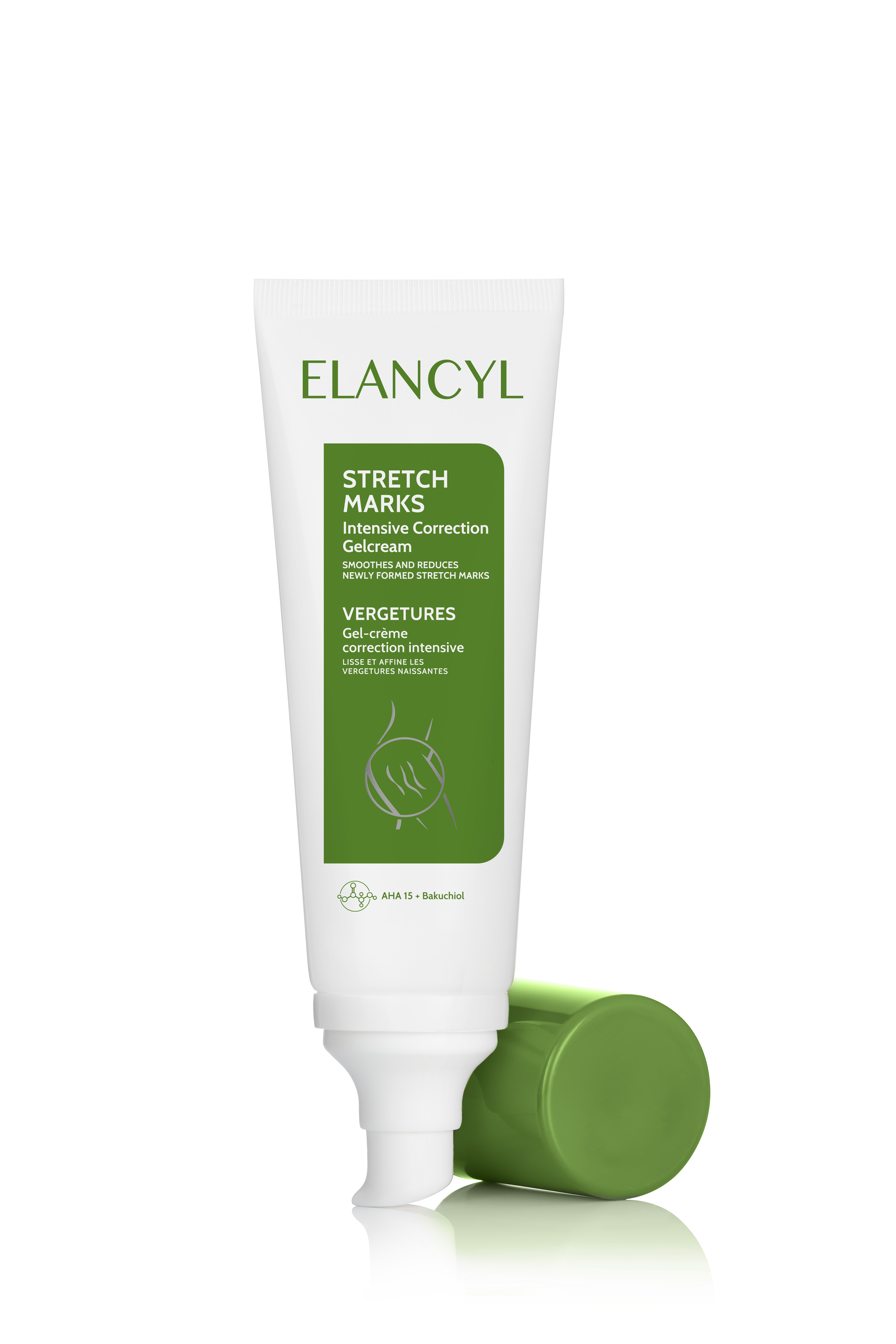
Retinoic acid
This active ingredient in its pure state, also called tretinoin, comes from vitamin A and is, in the words of Dr. Suárez “the most effective anti-aging active principle”. But if we have very sensitive skin, it can irritate us excessively, so “in cosmetics it is more common to find less effective derivatives such as retinol or retinaldehyde (also known as retinal) that are better tolerated,” says Dr. Suárez. Dr. Lola Conejo-Mir, a member of GEDET, agrees: “Of the anti-aging active ingredients, retinol is the king: it stimulates the formation of collagen in the skin, combats wrinkles and improves dark spots…”. For sensitive skin, the doctor proposes “other alternatives that can help us achieve the same effect as retinol without irritating, such as bakuchiol, of plant origin, azelaic acid, or alpha hydroxy acids such as glycolic acid”.
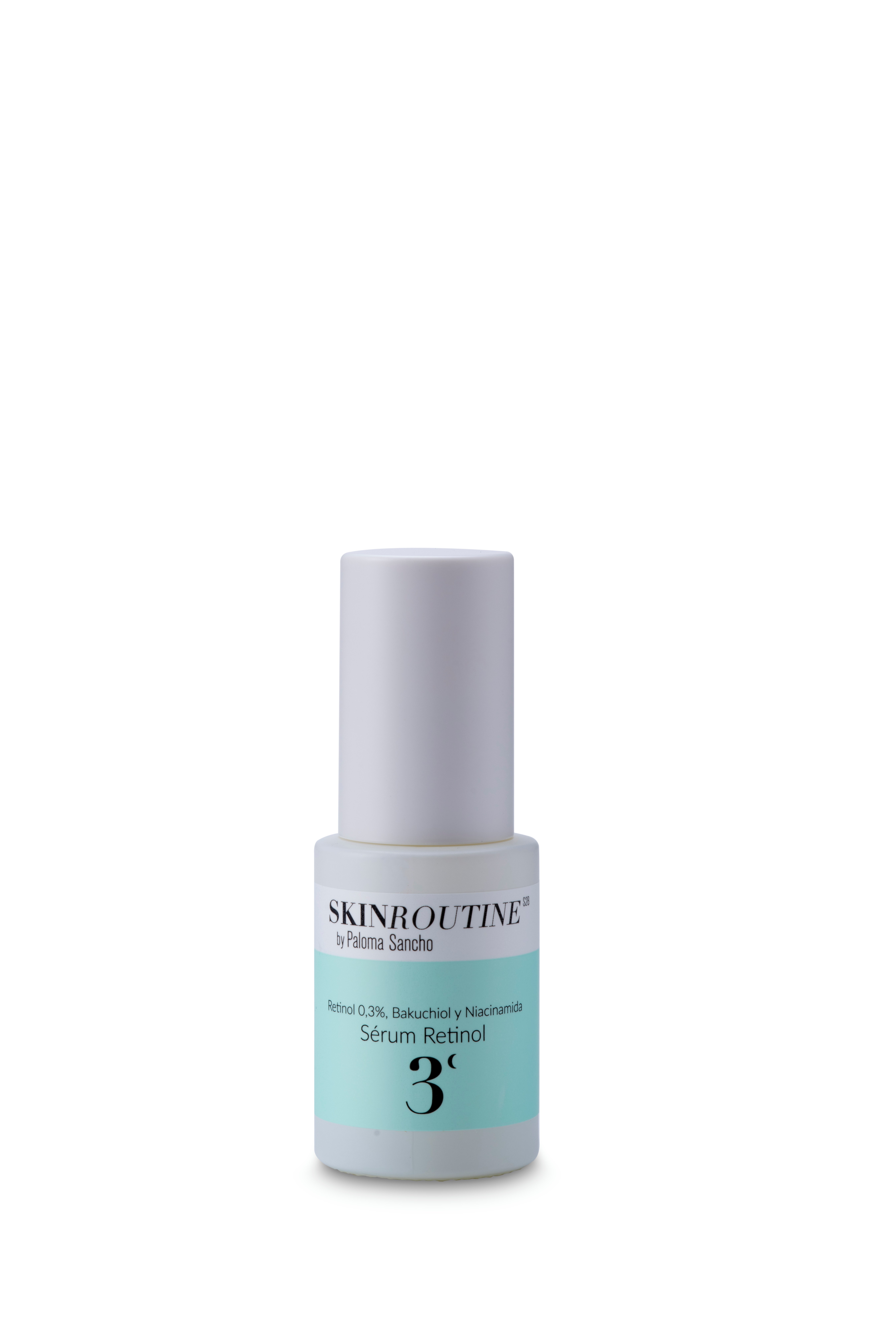
Bakuchiol
It is a trend in cosmetics. It’s about a vegetable ingredient that comes from the plant known as Babchi (Psoralea corylifolia). It is considered the natural alternative to retinol because it is an anti-aging active ingredient that stimulates collagen in the skin, like it, but with the advantage of not irritating or being photosensitive. Other effects? Reduces wrinkles, unifies skin tone, is sebum-regulating and anti-inflammatory.
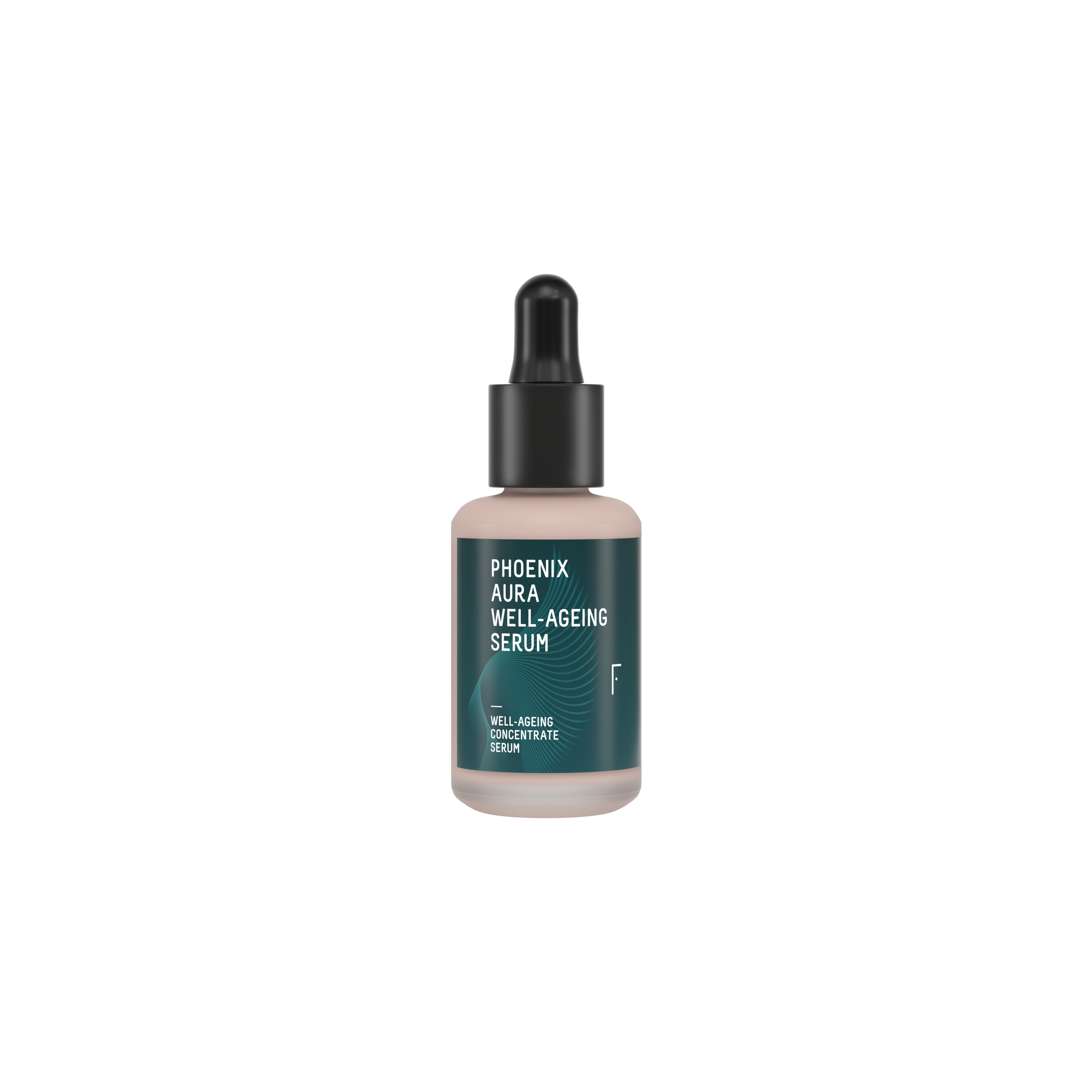
azelaic acid
Introduceresults similar to retinol (evens skin tone, reduces spots, improves luminosity…), and it is an alternative for sensitive skin that does not tolerate it. In addition, it is sebum-regulating and antibacterial, so it works very well on oily skin.
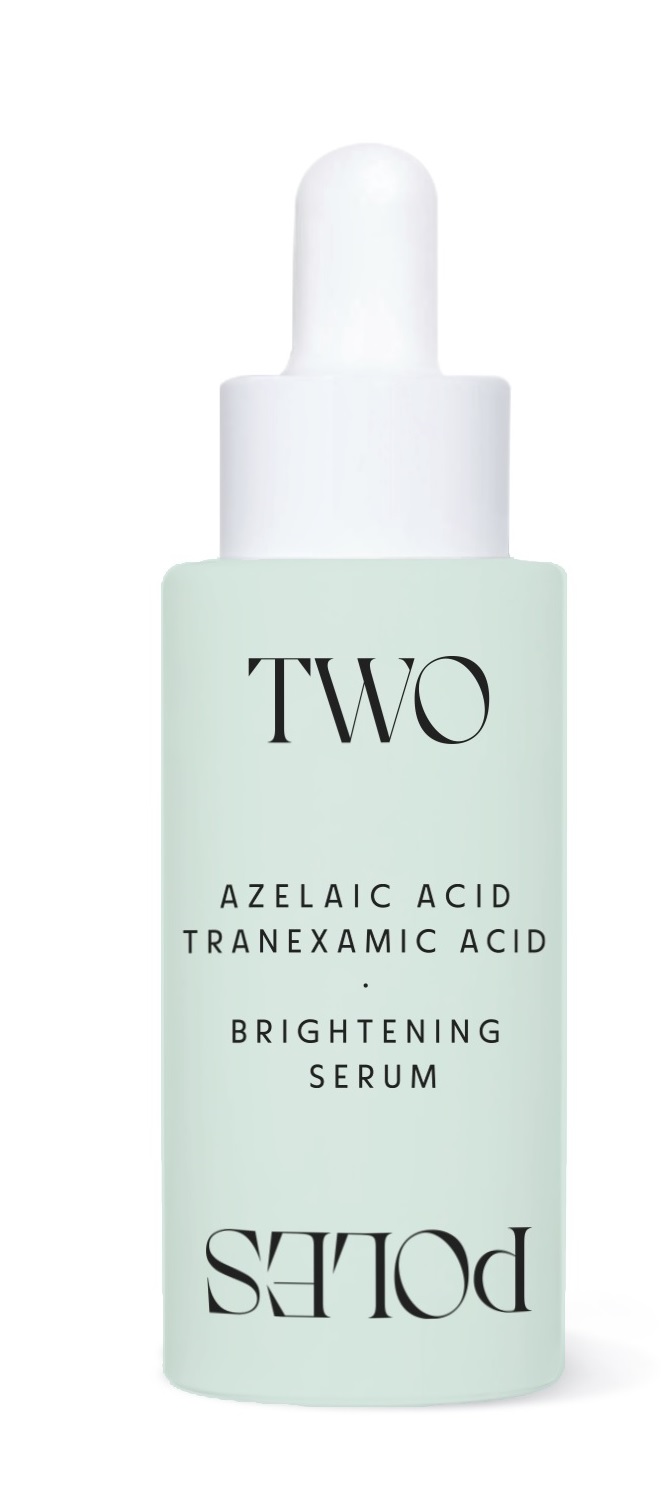
growth factors
Dr. Truchuelo highlights them within the group of skin stimulators. And Isabel González Pastor, co-founder of Mila Bonis, says that these active ingredients, which reactivate the skin’s own rejuvenating mechanisms, “are at the top of the beauty pyramid of a true pro.” The Growth factors are molecules, mainly proteins, which is present in our body, but can also be obtained from nature. “New technologies allow the synthesis of these factors that seek to imitate the actions of the young skin’s own molecules”, explains Dr. Truchuelo, who gives as an example “the new formulation technologies of Cryptomphalus aspersa or the epidermal growth factor”. The different types of growth factors have shown efficacy in “reducing wrinkles, recovering the capacity to produce collagen and hyaluronic acid, protecting the skin barrier and improving elasticity and appearance of all skin types”, lists Isabel González Pastor.
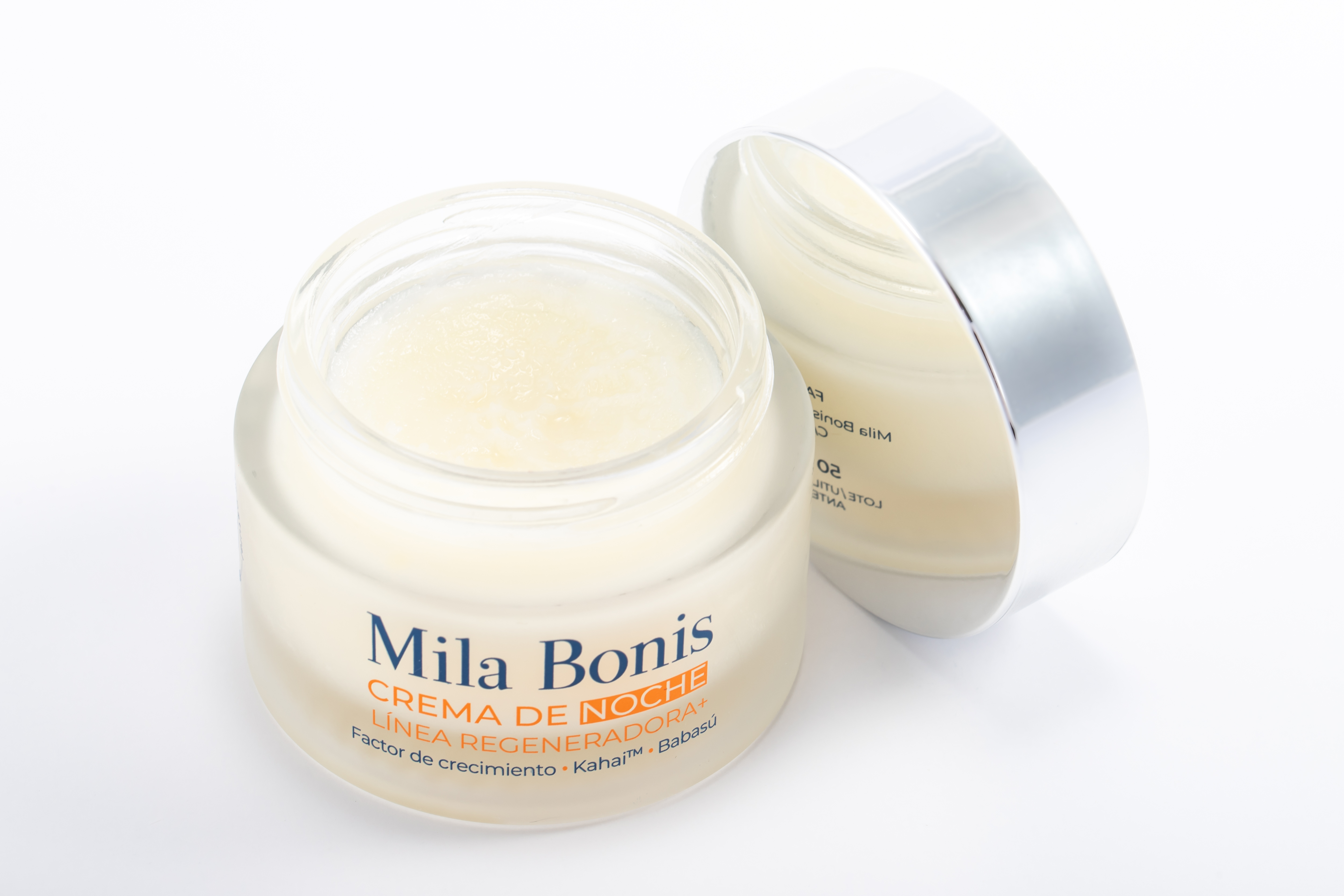
Peptides
Are chains made up of amino acids and, depending on the number of these, they receive a name (oligopeptide, polypeptide, hexapeptide…) and perform certain functions. They are present in our body and also (synthetic) in our cosmetics. They work by sending signals to the skin to regenerate, calm down, synthesize collagen and elastin… To be effective they must be combined with other active ingredients such as antioxidants, hyaluronic acid or alpha hydroxy acids.
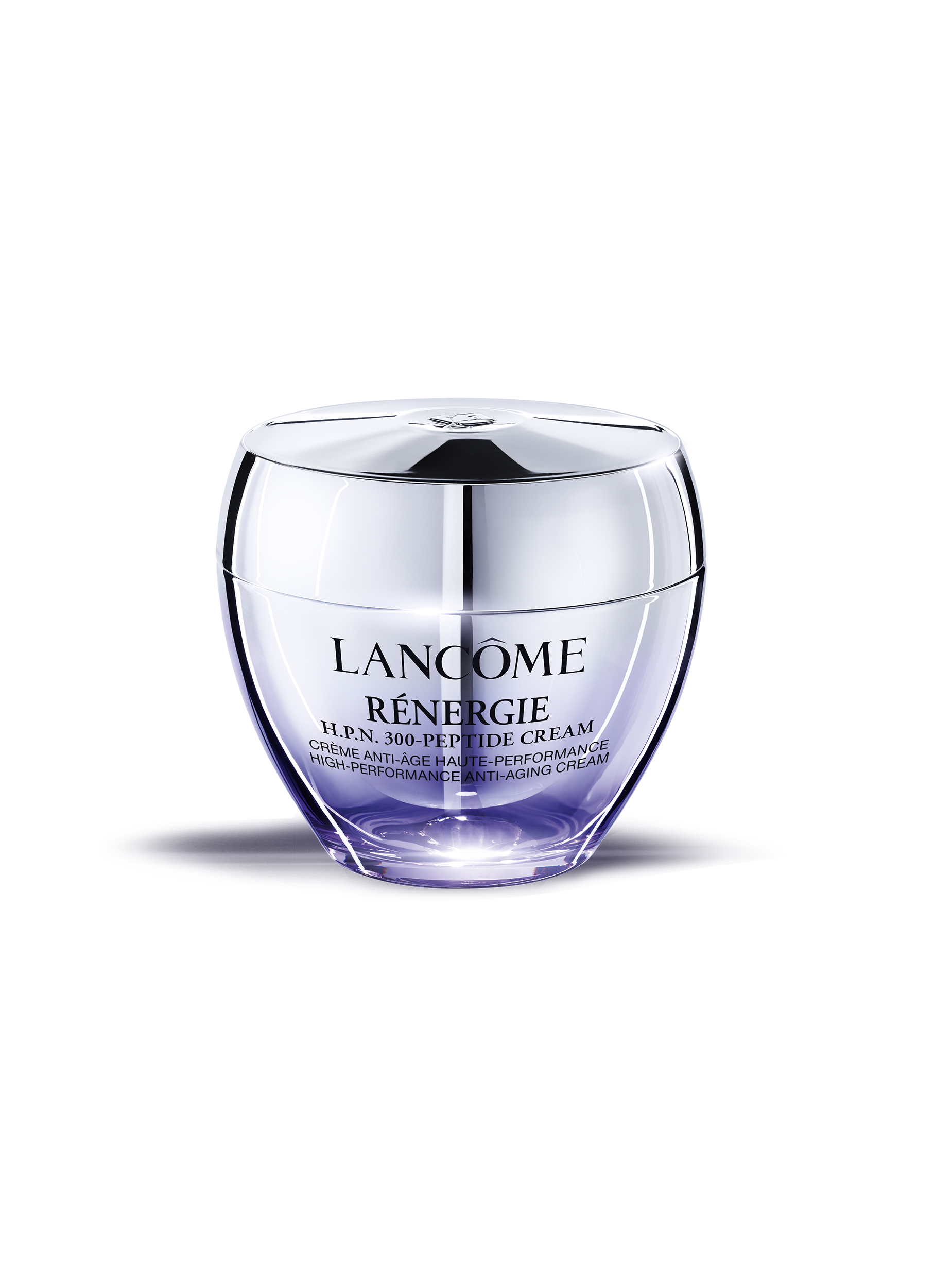
Do you want to receive the best beauty, fashion and lifestyle content in your email for free every Thursday? Sign up for our Newsletter.
[ad_2]
